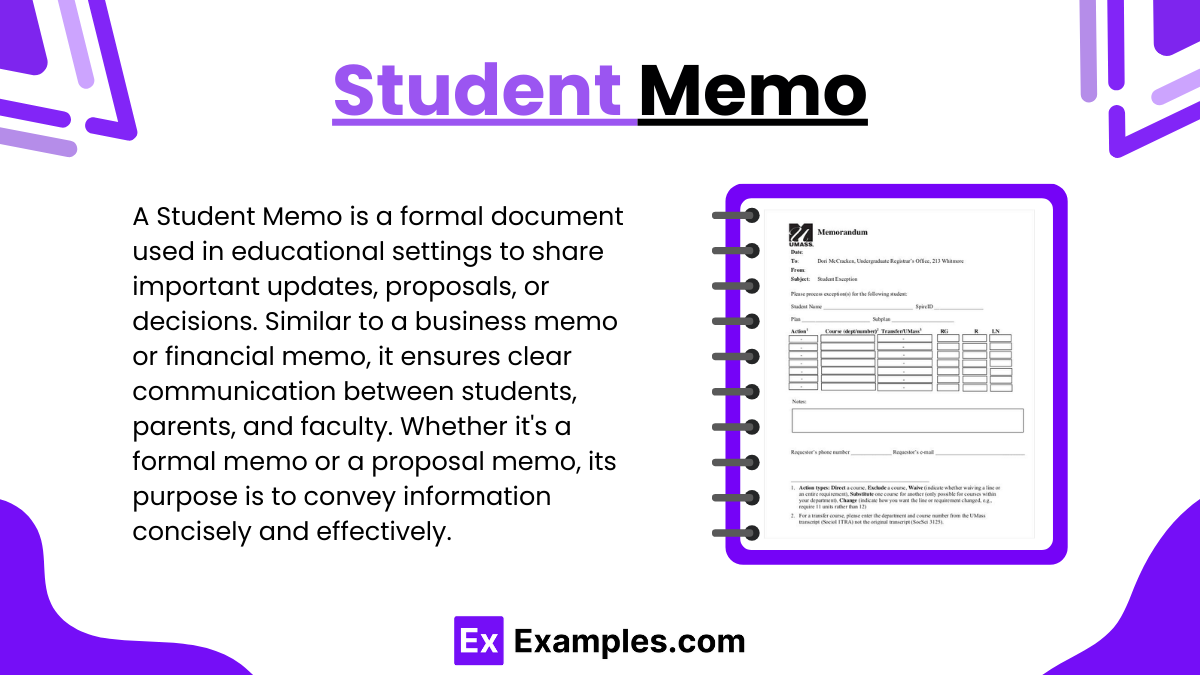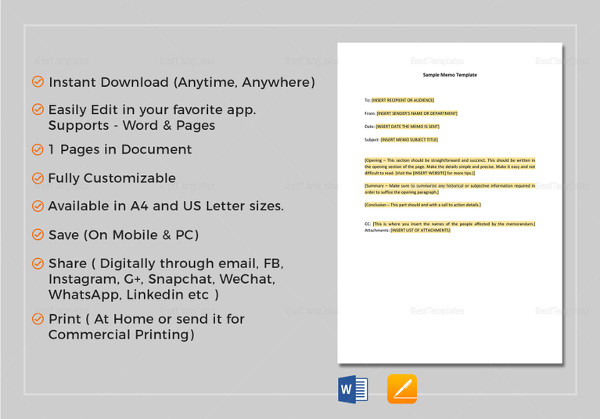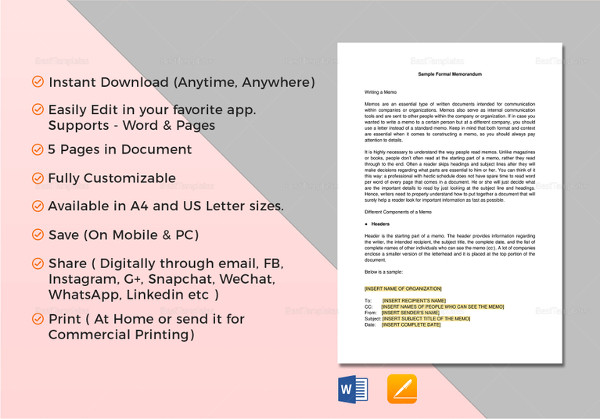8+ Student Memo Examples to Download
A Student Memo is a formal document used in educational settings to share important updates, proposals, or decisions. Similar to a business memo or financial memo, it ensures clear communication between students, parents, and faculty. Whether it’s a formal memo or a proposal memo, its purpose is to convey information concisely and effectively.
What is Student Memo?

Editable Memo Word Template
Printable Formal Memorandum Template
Student Exception Memo Example
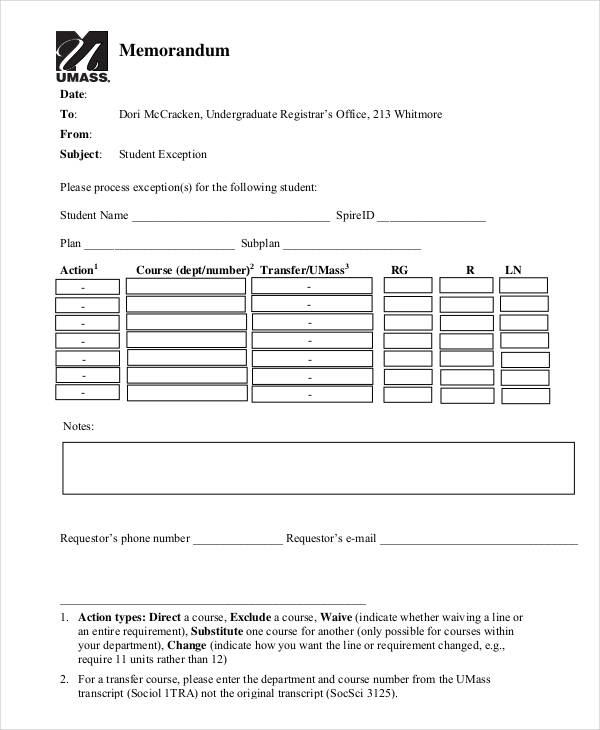
Student Payroll Memo
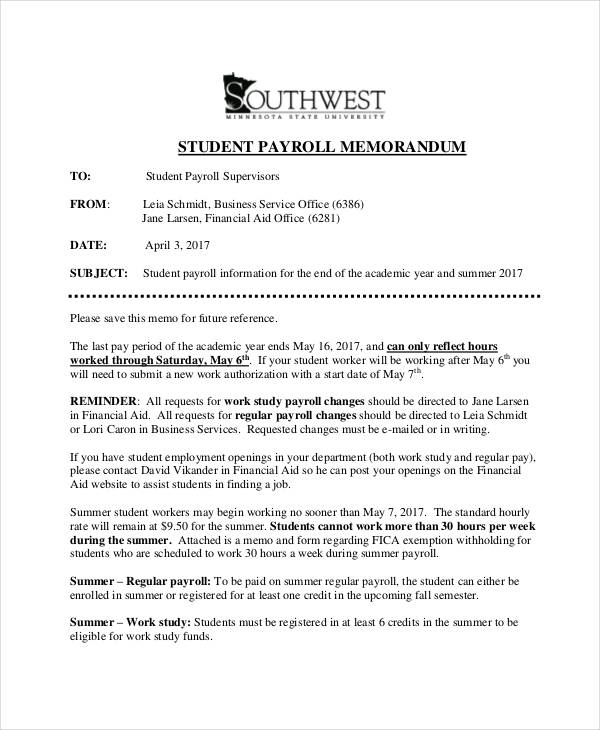
Tuition Student Memo Sample
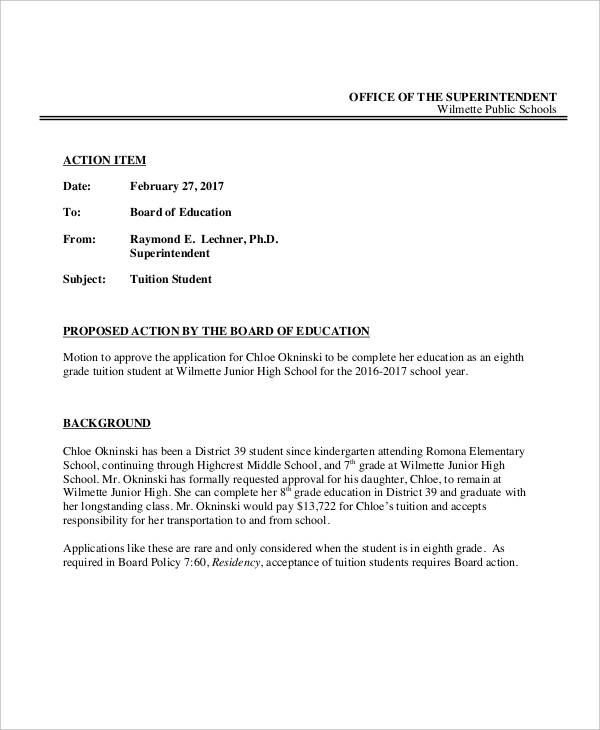
Student Insurance Memo
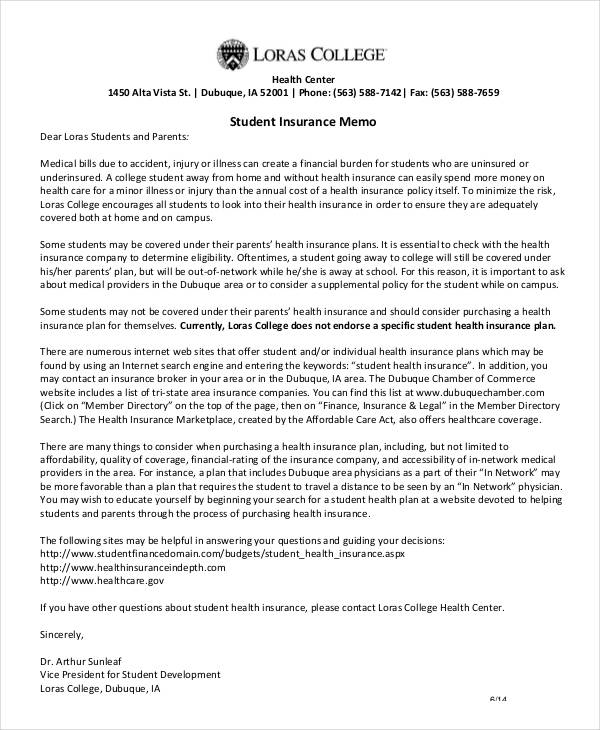
Free Student Memo
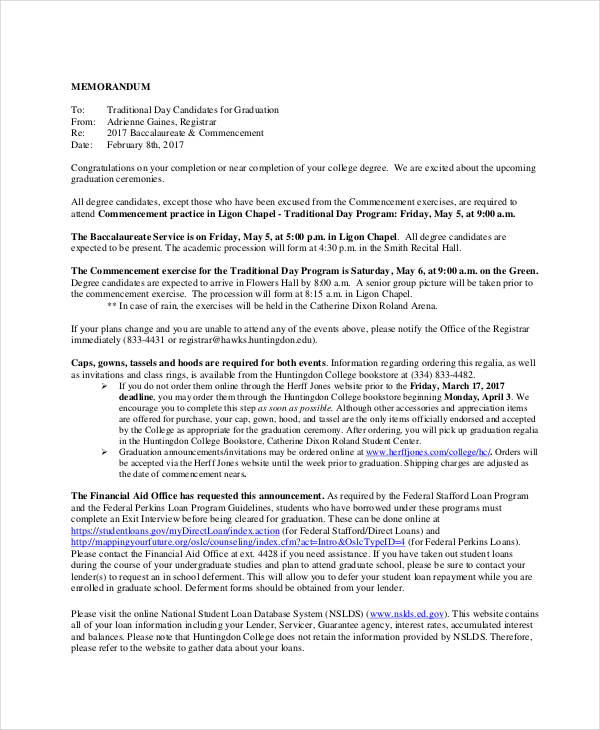
Professional Memo
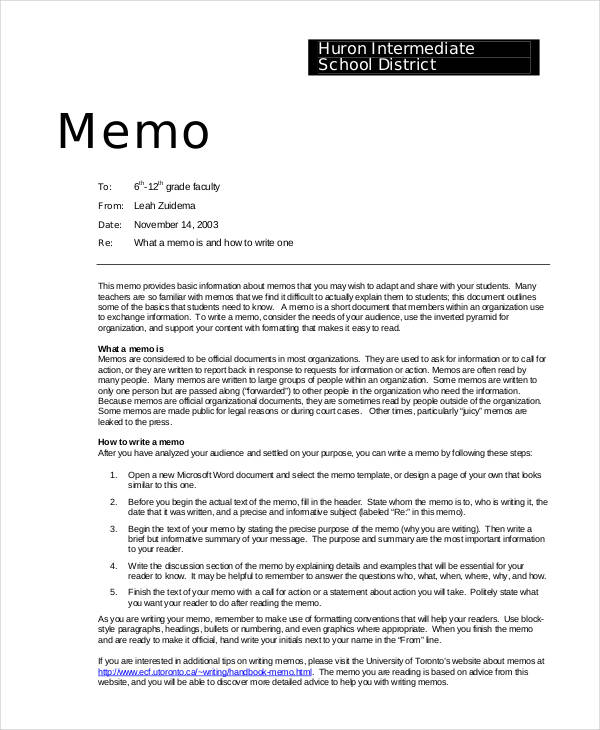
Basic Student Memo
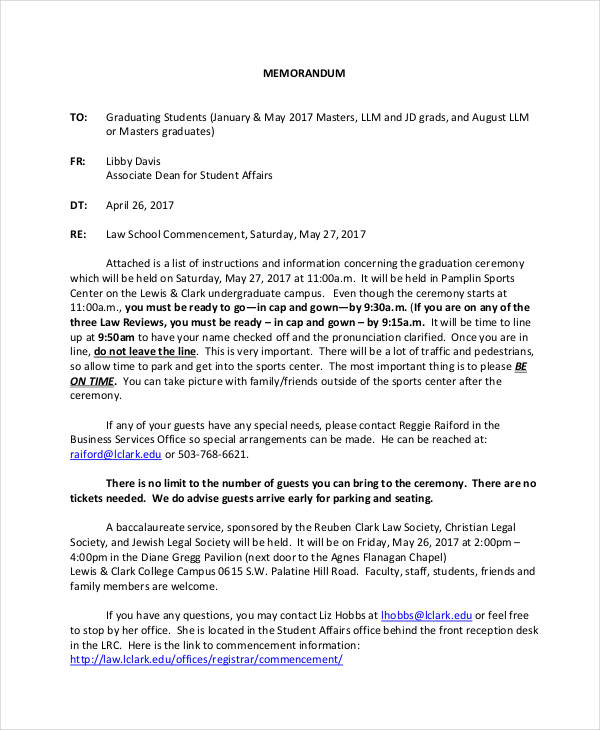
How to Write a Student Memo
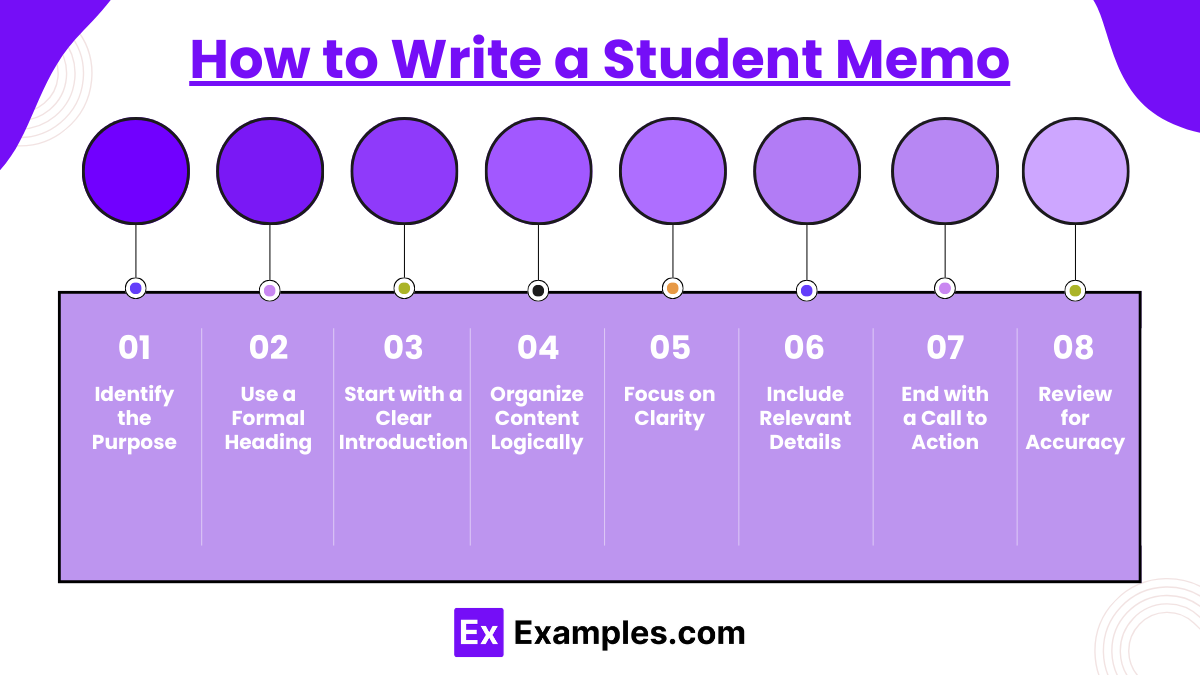
- Identify the Purpose: Clearly define the memo’s objective.
- Use a Formal Heading: Include sender, recipient, date, and subject.
- Start with a Clear Introduction: State the purpose and key details upfront.
- Organize Content Logically: Use short paragraphs or bullet points.
- Focus on Clarity: Keep the language concise and straightforward.
- Include Relevant Details: Provide necessary context, deadlines, or instructions.
- End with a Call to Action: Specify next steps or required actions.
- Review for Accuracy: Proofread for errors and clarity before sending.
Importance of a Student Memo
The thing is, there’s a disadvantage that comes when a speaker makes an announcement to a class or in a meeting. People have the tendency to get distracted and lose focus, allowing them to miss important points of an announcement. This is why companies typically choose to utilize management memos and hr memos.
Through a professional memo, individuals may properly communicate with one another. Individuals may easily understand the gist of a given memo as details are presented clearly and concisely. A memo may also reach a wider audience faster as they can often be posted or distributed through printed copies or may even be sent electronically.
Guidelines for a Student Memo
If you refer to other memo examples, you can see that they all possess a similar structure. However, a student memo isn’t as brief as most memos. Here are some guidelines to keep in mind about a student memo:
1. Include page numbers when necessary. If your memo exceeds one page, page numbers will be very much helpful for your target readers. You may also see research memo examples.
2. End it with a conclusion or recommendation section. This is typically a call of action. This could be instructions on what may be done to resolve a given issue. You may also like office memo examples.
3. Use headings and subheadings. This is to provide emphasis on the content of each section of a memo.


